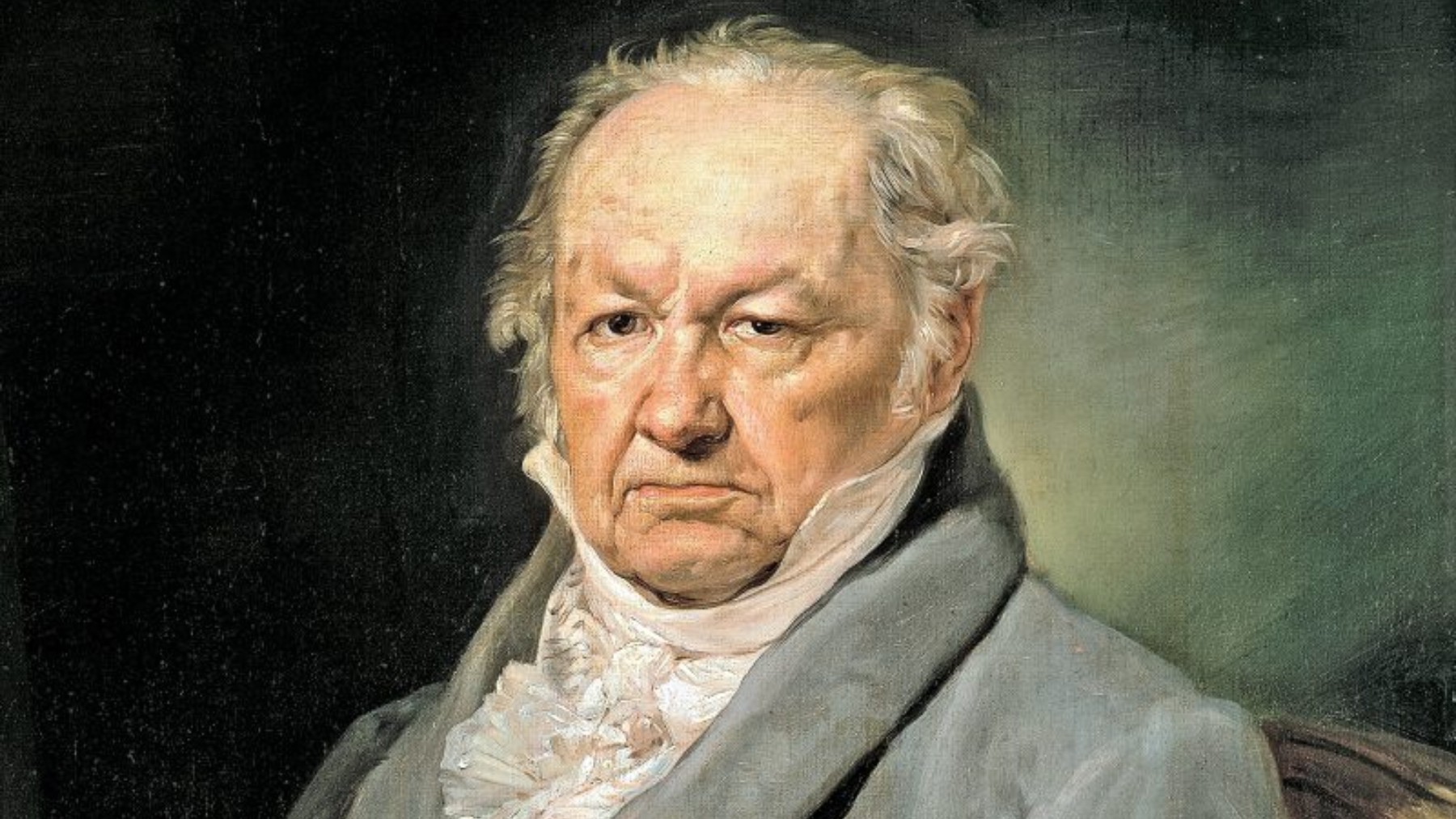
The mystery of Goya's lost skull
When Goya's body was exhumed 71 years after his death, it was discovered that his skull had disappeared. The painter had been buried in the Chartreuse cemetery in Bordeaux on April 17, 1828 and in 1899, the Spanish consul decided to repatriate his body. When they opened his grave, they found that his head was not there. The commotion was such that the transfer was suspended and the coffin was closed as if nothing had happened.
But this posthumous story does not end there. Berna González Harbour, an eminent expert on the subject, asked himself a question: who did it and why? The answer could lie in phrenology, a pseudoscience with many followers at the time that claimed that the shape of the skull could determine a person's character and faculties. The theft of skulls from cemeteries was commonplace. It should be noted that the deceased who were most likely to lose their heads were those who had been prominent for some intellectual or criminal reason.
"If that was the fate of Goya's privileged brain, we will never know, since it was lost, but it is probable according to the testimonies and the context of the time", Berna González Harbour.

Los Fusilamientos del Tres de Mayo, by Francisco de Goya.
González Harbour contributes another significant detail. He recalls the existence of a work by the painter Dionisio Fierros, which is in the Museum of Zaragoza and in which a skull appears, on the back of which is written: "Goya's skull painted by Fierros in 1849". That is, 21 years after the artist's death and half a century before the Spanish diplomatic corps intended to return its famous prodigal son to Spain. The theory would be: "Fierros took it, painted it and the skull ended up at the University of Medicine in Salamanca, where it was lost".
Despite the initial disappointment, Goya's mortal remains ended up arriving in Spain in 1919 along with those of Miguel Martin de Goicoechea, his father-in-law and the true owner of the tomb in Bordeaux. Both were deposited in the Madrid chapel of San Antonio de la Florida, where Goya painted the famous frescoes in 1798, where they still remain today.
If you are interested in the subject we recommend Art Guide to the Prado, our book about the museum that houses the largest number of works by the immortal Goya, as well as an essential art guide to discover and learn the essentials of the great works, artists and styles of the Prado Museum, available on Amazon.
Buy it here: https://www.amazon.es/dp/841894336X/
